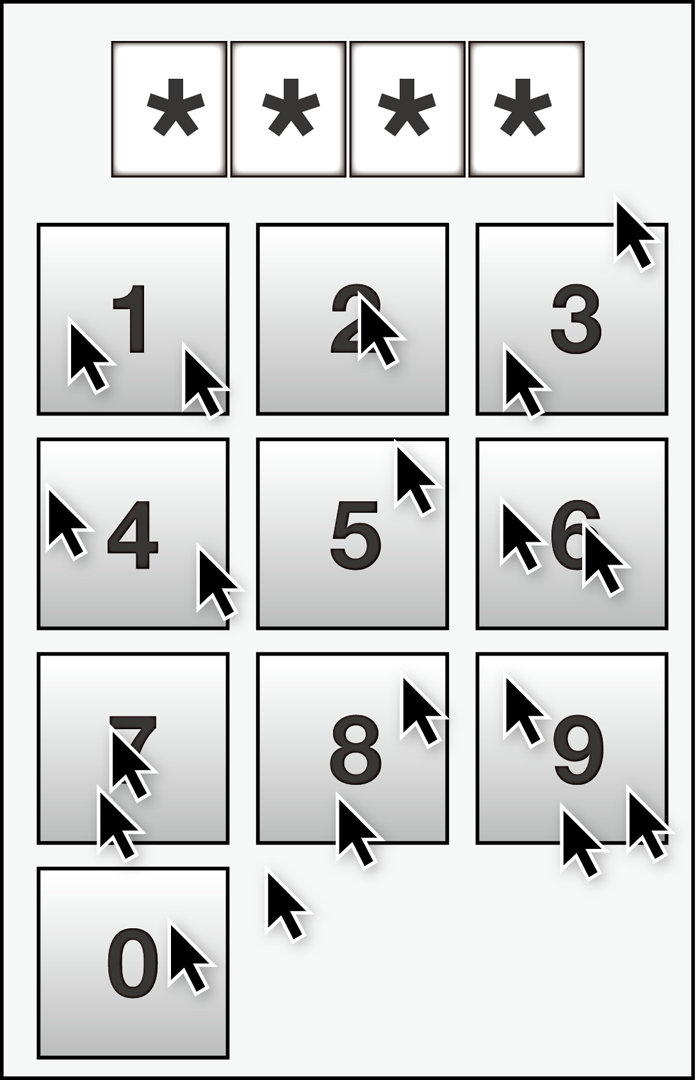“CursorCamouflage: Multiple Dummy Cursors as A Defense Against Shoulder Surfing”
Conference:
Experience Type(s):
Title:
- CursorCamouflage: Multiple Dummy Cursors as A Defense Against Shoulder Surfing
Description:
More and more services and information are being stored on the cloud. Since anybody can access an Internet terminal, it is critical to provide appropriate security mechanisms. One popular approach is to strengthen the protocol and encryption algorithm, which is now being actively investigated in the security field. Another potentially effective approach is to enhance the user interface for security systems. Since security is ultimately a human-computer interaction problem, we believe that there are many interesting opportunities related to the latter approach.
References:
[1]
Roth, V., Richter, K. and Freidinger, R. A PIN-entry method resilient against shoulder surfing. In Proceedings of the 11th ACM conference on Computer and communications security (CCS ’04). pp. 236–245. 2004.
[2]
Takada, T. FakePointer: An Authentication Scheme for Improving Security against Peeping Attacks Using Video Cameras. UBICOMM ’08, pp. 395–400. 2008.
[3]
Wiedenbeck, S., Waters, J., Sobrado, L., and Birget, J. Design and evaluation of a shoulder-surfing resistant graphical password scheme. In Proceedings of the working conference on Advanced visual interfaces (AVI ’06). pp. 177–184. 2006.
[4]
Huot, S., Chapuis, O., and Dragicevic, P. TorusDesktop: pointing via the backdoor is sometimes shorter. In Proceedings of the 2011 annual conference on Human factors in computing systems (CHI ’11). pp. 829–838. 2011.





